(Source)
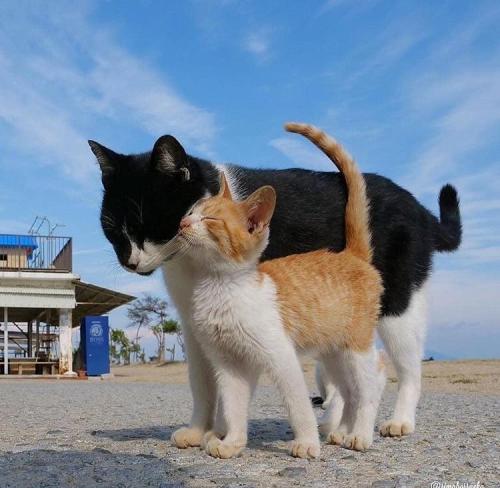
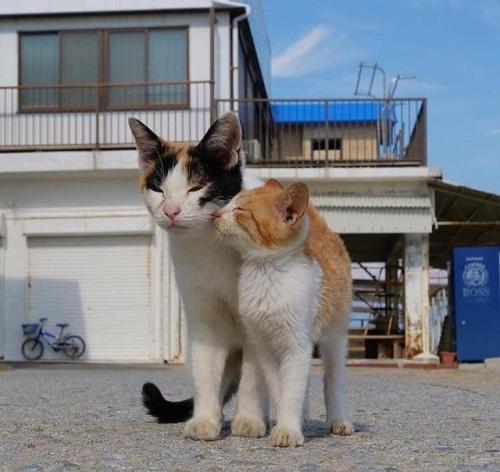
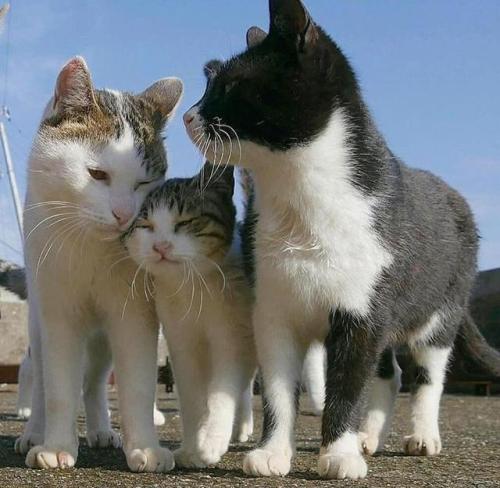
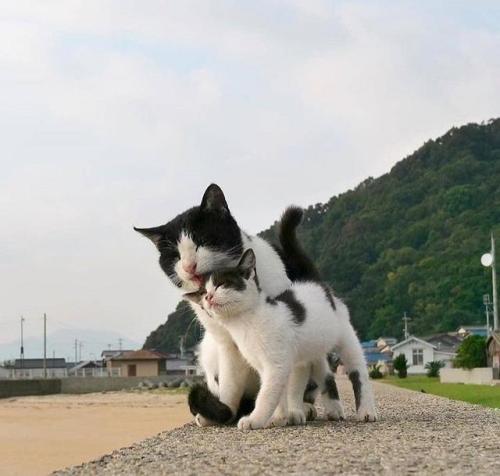
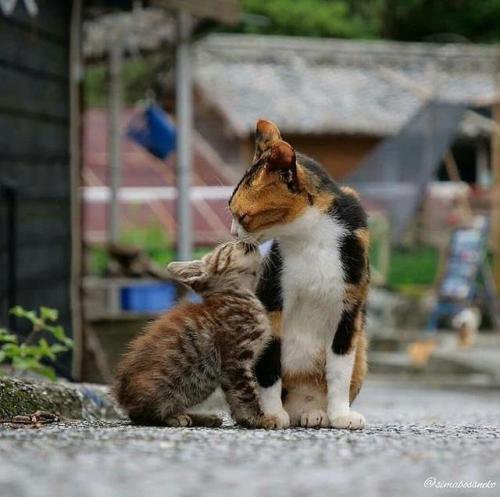
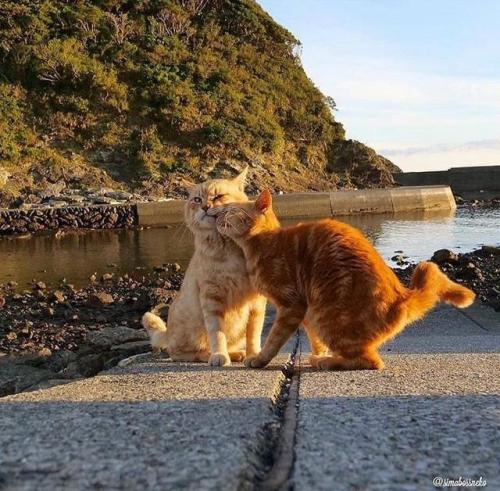
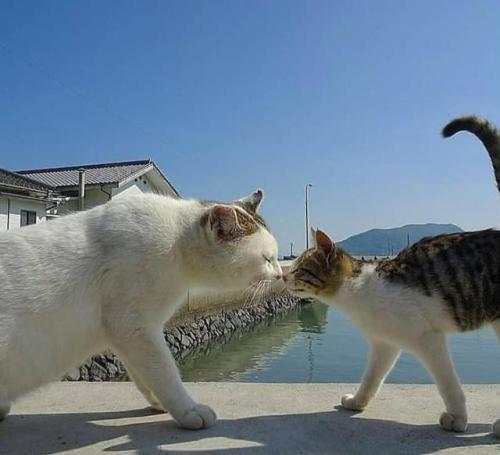
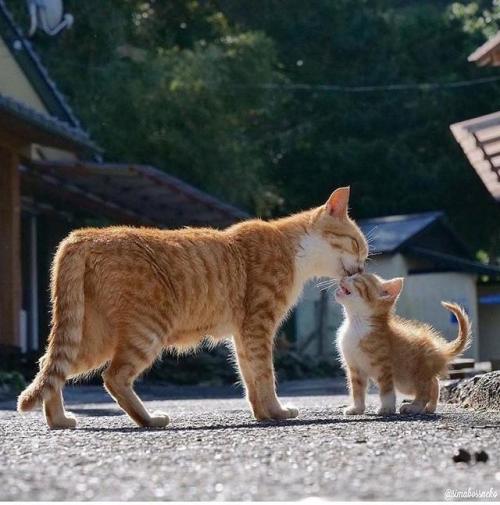
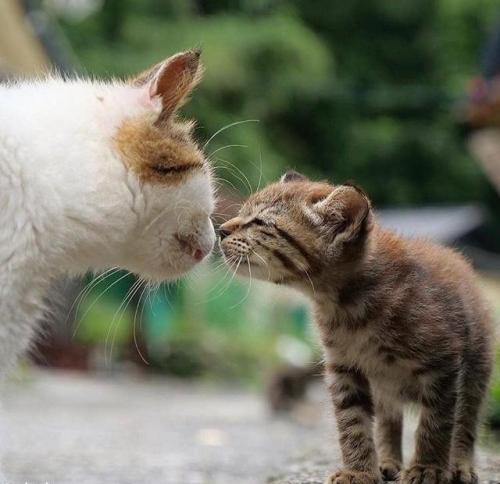
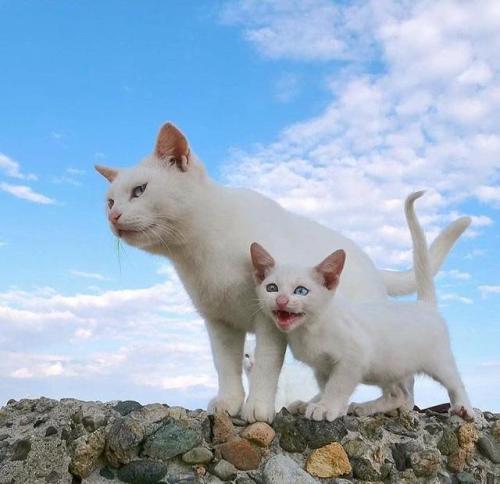
(Source)
More Posts from Ocrim1967 and Others


Chandra Spots Extremely Long Cosmic Jet in Early Universe
http://www.sci-news.com/astronomy/chandra-extremely-long-cosmic-jet-early-universe-09436.html


Image Credit:NASA/JPL-Caltech
In this large celestial mosaic, our Spitzer Space Telescope captured a stellar family portrait! You can find infants, parents and grandparents of star-forming regions all in this generational photo. There’s a lot to see in this image, including multiple clusters of stars born from the same dense clumps of gas and dust – some older and more evolved than others. Dive deeper into its intricacies by visiting https://go.nasa.gov/2XpiWLf
Make sure to follow us on Tumblr for your regular dose of space: http://nasa.tumblr.com.
I love flowers 💐❤️
















Comet McNaught next to the dome of the NTT on La Silla. The picture was taken in January 2007.
Credit: ESO/H.H.Heyer









ESO’s La Silla Observatory over the night sky
Image credit: ESO










Happy Birthday To Vera Rubin: The Mother Of Our Dark Matter Universe
“Dark matter should drive the formation of structure on all large scales, with every galaxy consisting of a large, diffuse halo of dark matter that is far less dense and more diffuse than the normal matter. While the normal matter clumps and clusters together, since it can stick together and interact, dark matter simply passes through both itself and normal matter. Without dark matter, the Universe wouldn’t match our observations.
But this branch of science truly got its start with the revolutionary work of Vera Rubin. While many, including me, will deride the Nobel committee for snubbing her revolutionary science, she truly did change the Universe. On what would have been her 91st birthday, remember her in her own words:
“Don’t let anyone keep you down for silly reasons such as who you are, and don’t worry about prizes and fame. The real prize is finding something new out there.”
50 years later, we’re still investigating the mystery Vera Rubin uncovered. May there always be more to learn.”
Today, dark matter is practically accepted as a given, owing to an overwhelming suite of evidence that points to its existence. Without adding dark matter as an ingredient, we simply can’t explain the Universe, from gravitational lensing to large-scale structure to Big Bang nucleosynthesis to the cosmic microwave background and much more. But throughout the 1930s, 40s and 50s, no one would even give the idea a second thought. Until, that is, Vera Rubin came along and changed everything.
Today would have been her 91st birthday, and it’s about time you got the scientific story to celebrate what she taught us all.

Earth as viewed from 10,000 miles. In 1969, the Apollo 4 unmanned test flight made a great ellipse around Earth as a test of the translunar motors and of the high speed entry required of a manned flight returning from the moon. A 70mm camera was programmed to look out a window toward Earth, and take a series of photographs from “high apogee”. Coastal Brazil, Atlantic Ocean, West Africa, Antarctica, looking west. This photograph was made when the Apollo 4 spacecraft, still attached to the S-IVB (third) stage, was orbiting Earth at an altitude of 9,544 miles. source
First look at the 2024 total solar eclipse

The path of the April 8, 2024 total solar eclipse begins in the United States in Texas and ends in Maine. Google, INEGI
…The length of totality varies from one eclipse to the next. The reason is that Earth is not always the same distance from the Sun, and the Moon is not always the same distance from Earth. The Earth-Sun distance varies by 3 percent and the Moon-Earth distance by 12 percent. The result is that the maximum duration of totality from 2000 b.c. to a.d. 3000 is 7 minutes, 29 seconds. (That eclipse will occur July 16, 2186, so don’t get too excited for it.)
While the maximum length of totality during the April 8, 2024, eclipse won’t be that long, it’s still a worthy chunk of time: 4 minutes, 28 seconds — 67 percent longer than the one in 2017. And as with that one, everyone in the contiguous U.S. will see at least a partial eclipse. In fact, as long as you have clear skies on eclipse day, the Moon will cover at least 16.15 percent of the Sun’s brilliant surface. That minimum comes at Tatoosh Island, a tiny speck of land west of Neah Bay, Washington. And although our satellite covering any part of the Sun’s disk sounds cool, you need to aim higher.
Read more ~ Astronomy Magazine Posted by Michael Bakich on Sunday, September 23, 2018

Curious about how to send research to the International Space Station or how to get involved with NASA missions as a college student? Ask our experts!
Through our Student Payload Opportunity with Citizen Science, or SPOCS, we’re funding five college teams to build experiments for the International Space Station. The students are currently building their experiments focusing on bacteria resistance or sustainability research. Soon, these experiments will head to space on a SpaceX cargo launch! University of Idaho SPOCS team lead Hannah Johnson and NASA STEM on Station activity manager Becky Kamas will be taking your questions in an Answer Time session on Thurs., June 3, from 12-1 p.m. EDT here on our Tumblr! Make sure to ask your question now by visiting http://nasa.tumblr.com/ask. Hannah Johnson recently graduated from the University of Idaho with a Bachelor of Science in Chemical Engineering. She is the team lead for the university’s SPOCS team, Vandal Voyagers I, designing an experiment to test bacteria-resistant polymers in microgravity. Becky Kamas is the activity manager for STEM on Station at our Johnson Space Center in Houston. She helps connect students and educators to the International Space Station through a variety of opportunities, similar to the ones that sparked her interest in working for NASA when she was a high school student. Student Payload Opportunity with Citizen Science Fun Facts:
Our scientists and engineers work with SPOCS students as mentors, and mission managers from Nanoracks help them prepare their experiments for operation aboard the space station.
The Vandal Voyagers I team has nine student members, six of whom just graduated from the Department of Chemical and Biological Engineering. Designing the experiment served as a senior capstone project.
The experiment tests polymer coatings on an aluminum 6061 substrate used for handles on the space station. These handles are used every day by astronauts to move throughout the space station and to hold themselves in place with their feet while they work.
The University of Idaho’s SPOCS project website includes regular project updates showing the process they followed while designing and testing the experiment.
Make sure to follow us on Tumblr for your regular dose of space: http://nasa.tumblr.com.




Couple goals
-
 kayangadamula liked this · 1 month ago
kayangadamula liked this · 1 month ago -
 leastsaid reblogged this · 1 month ago
leastsaid reblogged this · 1 month ago -
 jaybeeriddle liked this · 2 months ago
jaybeeriddle liked this · 2 months ago -
 cimbum liked this · 3 months ago
cimbum liked this · 3 months ago -
 bouncyballextraordinaire liked this · 4 months ago
bouncyballextraordinaire liked this · 4 months ago -
 panoramaofhell reblogged this · 4 months ago
panoramaofhell reblogged this · 4 months ago -
 drumpenguin reblogged this · 4 months ago
drumpenguin reblogged this · 4 months ago -
 drumpenguin liked this · 4 months ago
drumpenguin liked this · 4 months ago -
 herehaveafandom reblogged this · 4 months ago
herehaveafandom reblogged this · 4 months ago -
 sapphireroses282 reblogged this · 6 months ago
sapphireroses282 reblogged this · 6 months ago -
 sapphireroses282 liked this · 6 months ago
sapphireroses282 liked this · 6 months ago -
 angustifolia reblogged this · 6 months ago
angustifolia reblogged this · 6 months ago -
 angustifolia liked this · 6 months ago
angustifolia liked this · 6 months ago -
 annab10ft liked this · 6 months ago
annab10ft liked this · 6 months ago -
 annak97t6 liked this · 6 months ago
annak97t6 liked this · 6 months ago -
 anyon00 liked this · 7 months ago
anyon00 liked this · 7 months ago -
 annallzs0 liked this · 7 months ago
annallzs0 liked this · 7 months ago -
 anna6bmeg liked this · 7 months ago
anna6bmeg liked this · 7 months ago -
 radoh reblogged this · 7 months ago
radoh reblogged this · 7 months ago -
 rockium-z reblogged this · 7 months ago
rockium-z reblogged this · 7 months ago -
 rockium-z liked this · 7 months ago
rockium-z liked this · 7 months ago -
 bs-el reblogged this · 7 months ago
bs-el reblogged this · 7 months ago -
 technicallyatomicsweets reblogged this · 7 months ago
technicallyatomicsweets reblogged this · 7 months ago -
 jerkuelyn reblogged this · 7 months ago
jerkuelyn reblogged this · 7 months ago -
 anna0orcp liked this · 7 months ago
anna0orcp liked this · 7 months ago -
 todesschlaefer reblogged this · 7 months ago
todesschlaefer reblogged this · 7 months ago -
 lumniated reblogged this · 7 months ago
lumniated reblogged this · 7 months ago -
 official-flaischkassemmal reblogged this · 7 months ago
official-flaischkassemmal reblogged this · 7 months ago -
 randowaffle reblogged this · 7 months ago
randowaffle reblogged this · 7 months ago -
 randowaffle liked this · 7 months ago
randowaffle liked this · 7 months ago -
 the-pastel-kitsune reblogged this · 7 months ago
the-pastel-kitsune reblogged this · 7 months ago -
 opheliacore reblogged this · 7 months ago
opheliacore reblogged this · 7 months ago -
 manitilde reblogged this · 8 months ago
manitilde reblogged this · 8 months ago -
 halflingkima reblogged this · 8 months ago
halflingkima reblogged this · 8 months ago -
 anonymun-jay reblogged this · 8 months ago
anonymun-jay reblogged this · 8 months ago -
 wikipediaboyf reblogged this · 8 months ago
wikipediaboyf reblogged this · 8 months ago -
 mokaiko liked this · 8 months ago
mokaiko liked this · 8 months ago -
 wikipediaboyf liked this · 8 months ago
wikipediaboyf liked this · 8 months ago -
 huiqqqhui liked this · 8 months ago
huiqqqhui liked this · 8 months ago -
 holdyhope liked this · 8 months ago
holdyhope liked this · 8 months ago -
 undergrounddweller89 reblogged this · 8 months ago
undergrounddweller89 reblogged this · 8 months ago -
 darkflamingfire liked this · 8 months ago
darkflamingfire liked this · 8 months ago -
 monkeydluffsblog liked this · 9 months ago
monkeydluffsblog liked this · 9 months ago -
 faiakishi liked this · 9 months ago
faiakishi liked this · 9 months ago -
 mercurymiscellany reblogged this · 9 months ago
mercurymiscellany reblogged this · 9 months ago -
 rainbow-ice-x liked this · 9 months ago
rainbow-ice-x liked this · 9 months ago -
 autumn-foxfire reblogged this · 9 months ago
autumn-foxfire reblogged this · 9 months ago -
 inkytails reblogged this · 10 months ago
inkytails reblogged this · 10 months ago